How Pickleball Benefits Feet And Leg Health
Pickleball is more than just a fun activity between friends. While this can be a great way to spend time with others, this game is also a great way for individuals to improve the health of their legs and feet. Sort of a cross between tennis, badminton, and ping-pong, pickleball requires players to move across a court to reach the ball and hit it over the net. This leg movement has many potential health benefits for an individual's overall well being as well as specific benefits that apply specifically to the feet and legs.
Reduces Risk Of Blood Clots
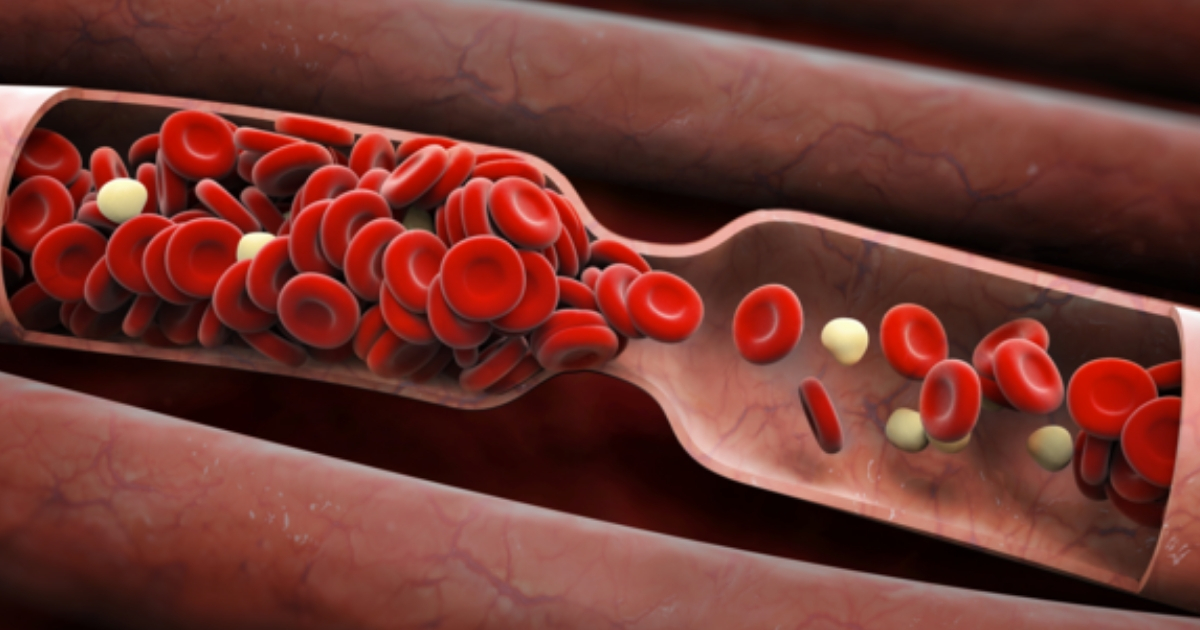
Pickleball can provide individuals with a good, low-impact aerobic workout. Recent studies have shown individuals who participate in a sport or regularly exercise are at a decreased risk of developing blood clots. In fact, pickleball reduces the risk of blood clots in the legs by up to twenty-four percent over not participating in a sport at all. In fact, obese individuals who do not participate in sports have a forty-percent increased risk of getting a blood clot. The great news is individuals can attain this reduced risk simply by participating in pickleball at least once per week.
Improves Muscle Strength
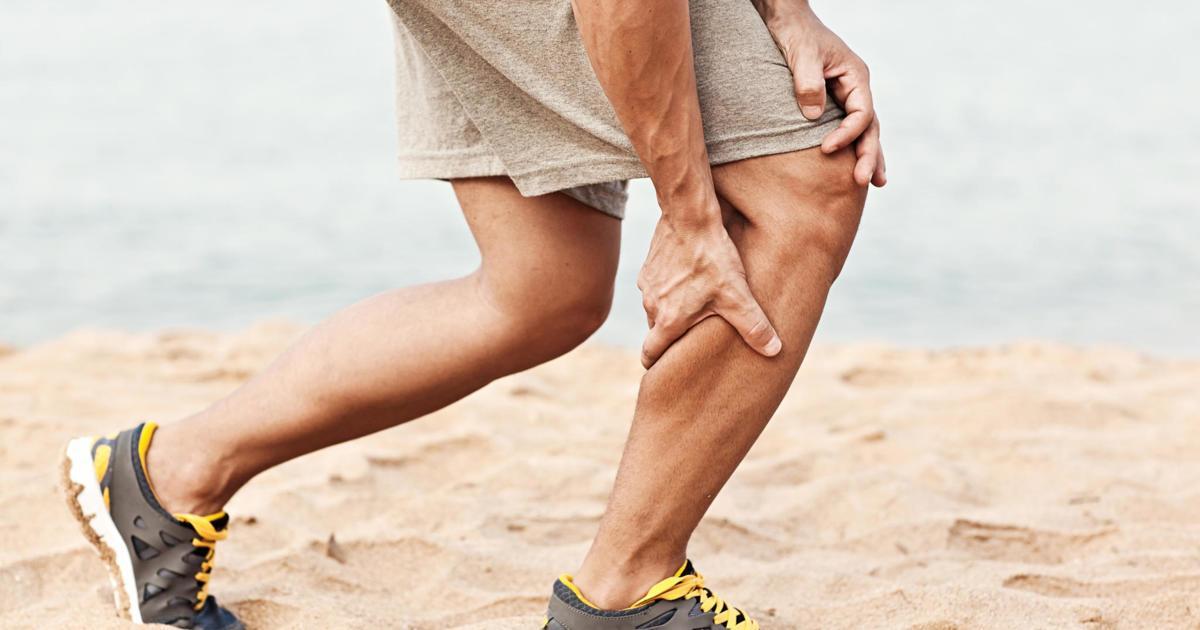
Because players are moving around on their feet and their feet must support their body while they are playing pickleball, it is considered a weight-bearing activity. Although this type of exercise is considered low impact, the movements in the legs will help strengthen the muscles in the legs and ankles. Pickleball improves muscle strength in the calves and thighs as well as in the muscles surrounding the knee joints. To enjoy the muscle-building benefits of this racket sport, individuals should aim to play for at least a half an hour, three times a week.
Lessens Risk Of Injury
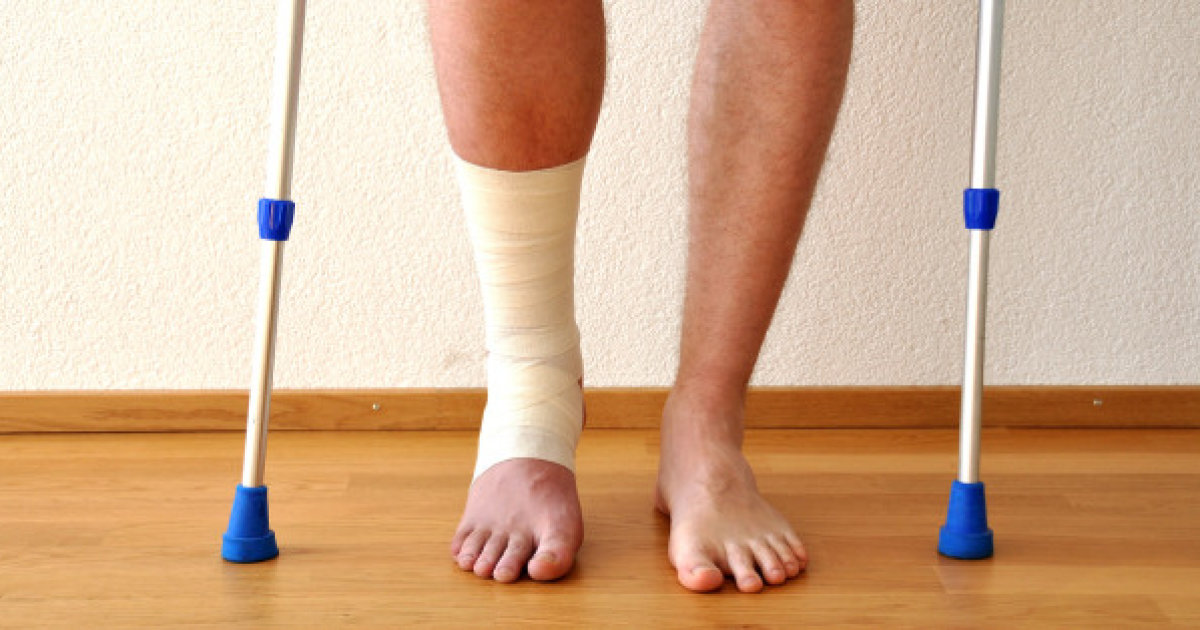
Playing certain sports can carry a risk of getting injured during gameplay. While there is always a risk of getting injured hurt while playing pickleball, there are a couple of ways this sport actually lessens the overall risk of injury. For one thing, pickleball is a slow game, especially when compared to tennis. The court is smaller than for tennis, meaning players do not have to lunge so far and risk injury just to reach the ball. Additionally, the muscle strengthening benefits of pickleball can keep the joints strong and flexible, reducing the individual's risk of injury both inside the game as well as during other activities.
Benefits Range Of Motion
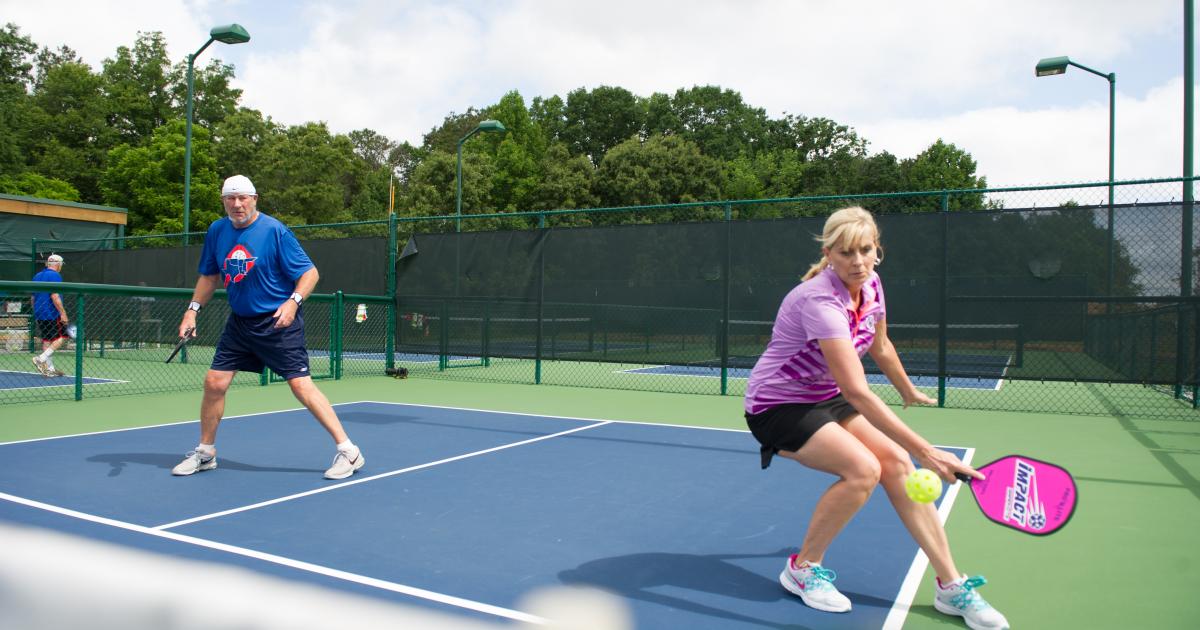
When individuals are inactive, their body begins to lose some of its flexibility, with joints and muscles often becoming tense and tight. This can be especially true of individuals who already have a limited range of motion due to a medical condition such as arthritis. When individuals engage in an activity that uses their muscles and joints, such as pickleball, it can increase their flexibility and how far they can stretch to reach farther. Pickleball benefits an individual's range of motion by making them move while on their feet, keeping their knees and ankles strong and flexible. When individuals keep up with pickleball several days a week, they should notice more flexibility, even if their joints were previously sore and stiff.
Improves Circulation
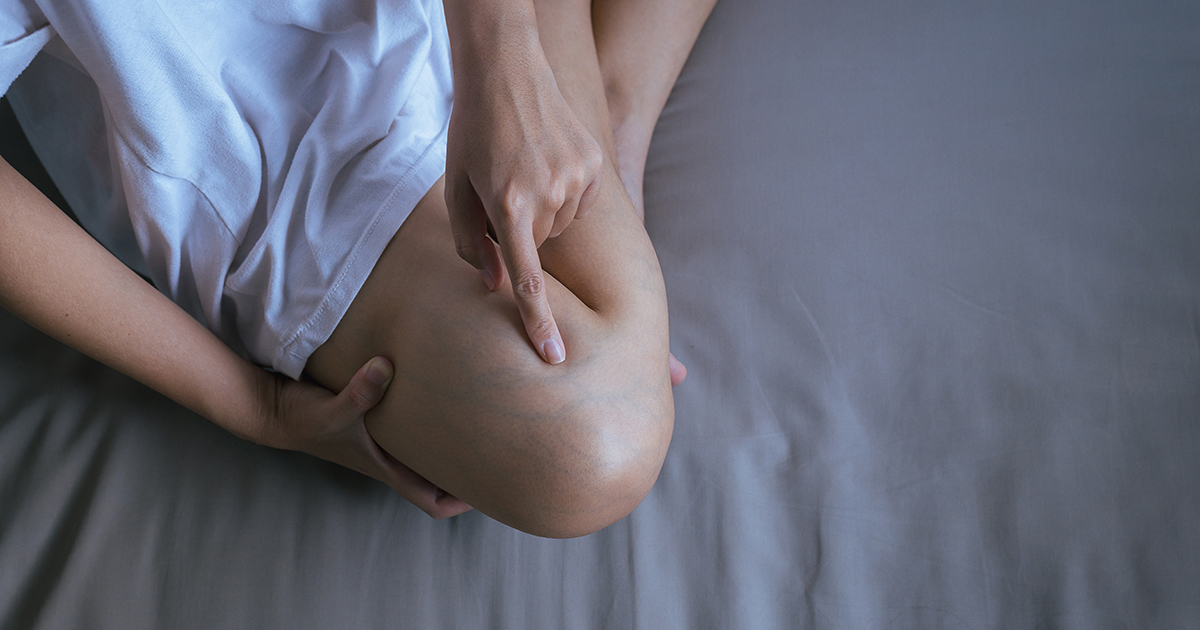
Playing pickleball improves circulation in two ways. The first way in which this sport benefits circulation is during gameplay. While players are up and moving around fairly consistently, their heart rate increases. When an individual's heart rate increases through exercise, the blood circulates through their body faster.
The second way in which pickleball is great for circulation is due to its aerobic strengthening effects on the heart. Regular aerobic activity makes the heart stronger, increasing the amount of blood that can be pumped through the heart with every beat. This stronger circulation will continue even when individuals are not actively engaged in pickleball, which means their circulation will be improved while they are at rest.
